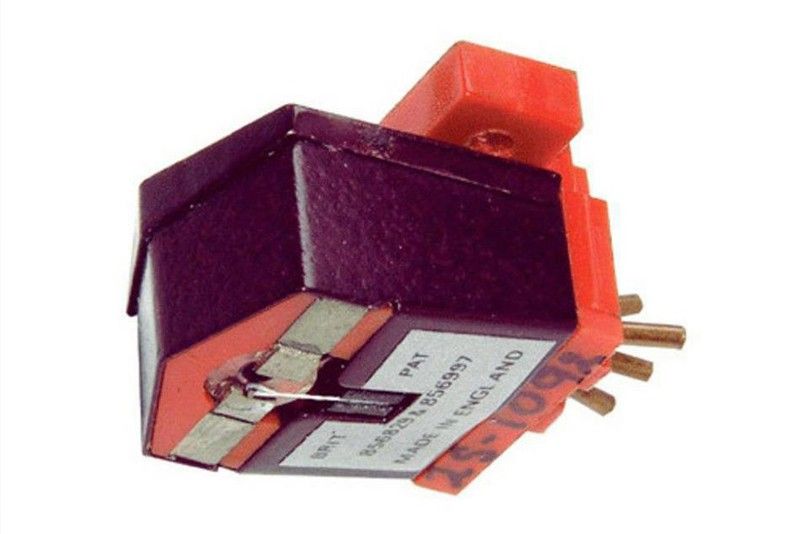Get into the groove

‘T is always a visual, aural and gastronomical treat to visit the picture-perfect abode in San Pablo, Laguna, owned by environmentalist and consummate audiophile Mandy Mariño (who is fondly called Señor Mandy by his friends).
Nestled atop a hilly slope overlooking Sampaloc Lake, the house offers Señor Mandy and his lovely family an enviable sense of tranquillity and an invigorating appreciation for the beauty of nature. Further down the slope just across the lake is the famous Café Lago, which he co-owns with his brother.
For several years now, Señor Mandy has been at the forefront of the drive to rehabilitate Samploc Lake. He was recently awarded by the Laguna Lake Development Authority the prestigious Kampeon ng Lawa award for his steadfast protection of the lake.
A few days ago, some audiophile friends and I received a seemingly urgent invitation to pay him a visit. I knew that Señor Mandy had something up his sleeve that he couldn’t wait to share with us. One of his recent posts in our Wiredstate audio group on Facebook provided me with a glimpse: “Surely there must be some Deccas residing in the drawers of Pinoy audiophiles. These have been put away for years because it is one cartridge that is very difficult to keep from misbehaving. I am feeling a renewed interest in taming this ‘magical’ item and would like to find someone who would lend, donate or sell his unit. I have a few ideas that I’d like to try.”
He was referring to the Decca cartridge which is like a wild horse which has refused to be ridden on. Once you succeed, though, you’d have the gentlest and sweetest ride you’d ever have.
The cart is ‘tip-sensing, stereo-matrix-ing pickups. The “matrixing” designation means that it does not use 45°–45° sensing coils but combines vertical and lateral-sensing coils. There is only one coil for lateral sensing, with its pole pieces brought down next to the tip. The tip-sensing’s main attribute is that the stylus motions don’t have to be transported along the length of an armature before reaching the transducing pole pieces. Thus, there is almost no possibility of the stylus vibrations being altered through bending of the armature prior to their transduction into audio signals.
Behind all these technical gobbledygook, however, the Decca cart simply brings just the right amount of brilliance to make music almost exactly like you’re listening to a master tape, so much so that any additional brilliance as a result of distortion can be too much of a good thing.
The cart also produces the purest, most highly-delineated sound of any stereo cart I’ve known. It has a translucent sound, rivaled only by the old Weathers monophonic FM pickup (which also used tip sensing).
But you can achieve all these if you’d be able to tame the wild horse in Decca. Señor Mandy just did it with aplomb!
“I have always been intrigued by the Decca cartridge system which gives the most intimate mechanical link to the grooves of the vinyl record,” he says. When a good friend gifted him with an over-40-year-old “trashed” Decca gold cart, he immediately sent it to England for restoration.
After a long series of trial-and-error “tweaks,” Señor Mandy was finally able to get it to what he describes as “a higher state of audio reproduction,” even if his system is basic and of modest cost.
“It leaves most of the high-priced system I have heard wanting,” he explains. “My system uses a simple 12AX7 phono/preamp, a flea-powered 3-watts per channel amplifier and locally assembled 2-way speakers. The cart is mounted on a home-made linear tracking tonearm which incorporates an oil-damped head shell. An outrigger damper is also used to suppress head shell vibrations and improve transient response.”
Señor Mandy likens the cart to a finely tuned race car. He points out that it is very sensitive to mechanical positioning and forces, and therefore can be tuned to almost any preference. Once the cart is “perfectly” set up, he says, one is able to enter a higher level of listening participation.
“It is an incredible instrument!” he continues. “Whereas all oil-damping systems (save one, the Townshend turntable) damp mechanical disturbances at the pivot end, head shell damping is much more effective because it damps the disturbances right at the source. The lower the cart compliance is, the more damping is required. An outrigger damper is also used to stabilize the head shell (akin to a tightrope walker with a balance pole) and improve transient response.”
Now here is my personal impression: The sound I heard has a wide and deep soundstage and great resolution of detail. The dynamics are just unbelievable! When Señor Mandy played Stravinsky’s Rite of Spring, the rumbling of the timpani assaulted me with visceral impact. Julie London’s voice is just stunningly real. The cart also does a chameleon act such that it can reign in its violent tendencies and deliver the laid-back grooves with frailty and composure.
I believe that Decca achieves this because it can really dig in and get into the groove of a well-recorded vinyl.
* * *
For comments and suggestion email me at audioglow@yahoo.com.



















